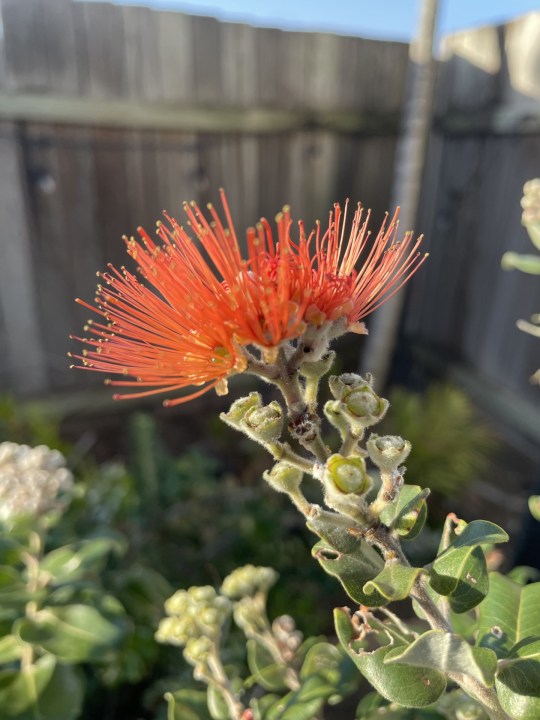HONOLULU (KHON2) — The University of Hawaii is fighting against Rapid Ohia Death threatening Hawaii’s native forests by releasing a video highlighting community collaboration.
Native Ohia trees make up 80% of Hawaii’s native forest canopy, playing a vital role in our ecosystem. According to researchers, a fungus called Ceratocystis is responsible for the decimated populations across the islands. The new educational video clarifies that fencing initiatives are designed to protect the forest, not to restrict community or hunter access.
“Fencing initiatives are designed to protect the forest, not to restrict community or hunter access,” said JB Friday, an extension forester at the UH Manoa College of Tropical Agriculture and Human Resilience. “The knowledge that fencing and keeping wild cattle and pigs away from Ohia trees will help us protect native forests is a real game-changer in our efforts to combat Rapid Ohia Death.”
According to the Hawaii DLNR, Ohia is endemic to the six largest islands of Hawaii and is the most common native Hawaiian tree. According to Friday, although fencing has proven to be a helpful tool in fighting Rapid Ohia Death, the fungi are still hurting our forests.
“The disease is progressing basically at the same rate, which is good. It’s not growing exponentially. The sad thing is it’s moving upslope, so we’re seeing a lot more disease now in the north Hilo Hamakua forests, those big forests up the Hamakua coast, but also in Kau and the upper Puna forests. That’s really concerning. This really comes down to what forests are we going to continue to protect? What forests are we going to accept that they’re going to lose a lot of the Ohia?”
You can help prevent the spread of Rapid Ohia Death by not injuring Ohia trees, cleaning gear and tools after working in a forest and not moving wood or parts.
The full video is available on the “Saving Ohia” YouTube channel.
